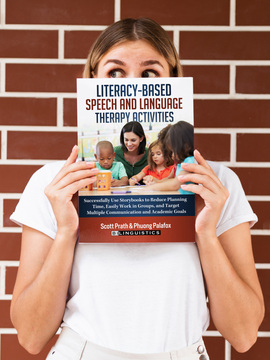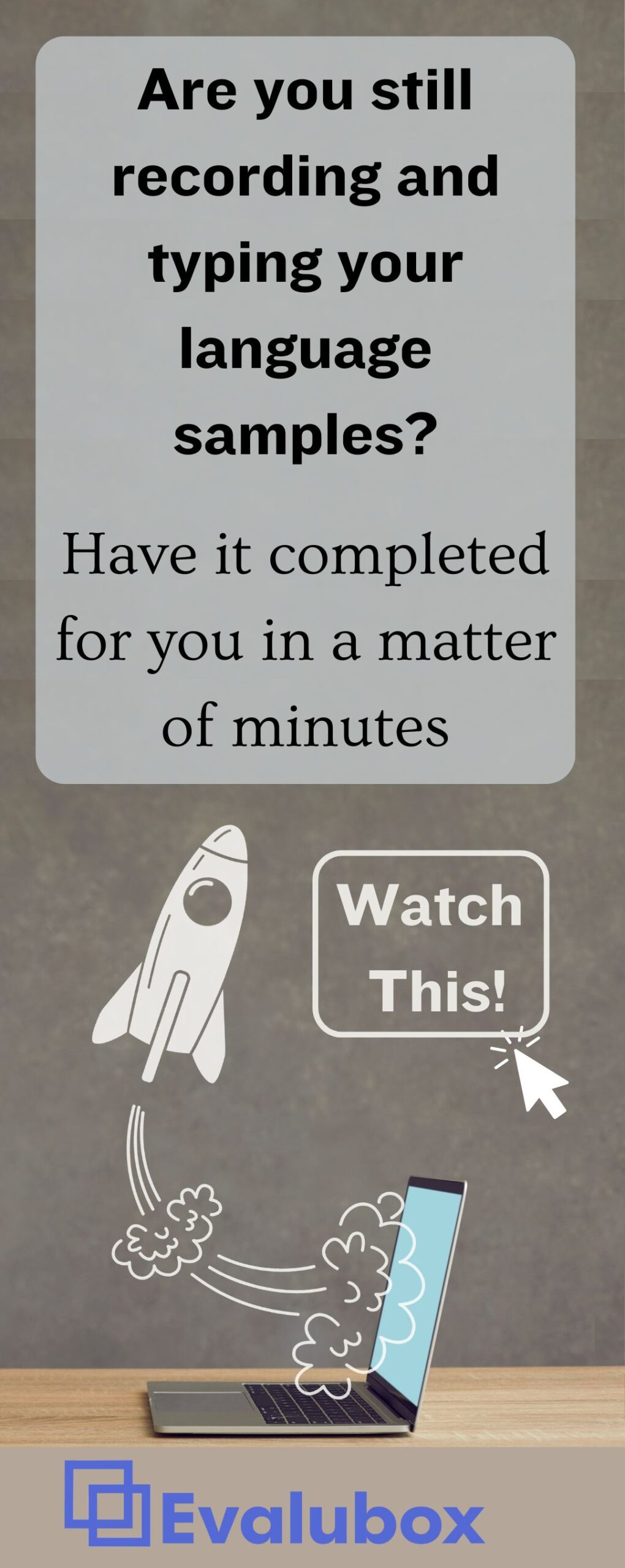This is Part 3 of a 5-Part Series on Executive Function. Links at the bottom.
To describe many of the ways executive function affects learning, we are going to lean heavily on Rebecca Branstetter’s book: The Everything Parent’s Guide to Children with Executive Functioning Disorder. It is packed with hands-on executive function activities and information that we can begin implementing today.
For each area of difficulty, we share a bit about the deficit so that we are not globally labeling a child as having “Executive Function Diffculties”but can instead target the exact problem so we can troubleshoot to come up with specific strategies are easily applied with the individual, in a small group, or with the entire class.
9 Ways Executive Function Improves Student Success
1. Improving Task Initiation
What is so difficult about starting an assignment? As adults, beginning something that we need to do is second nature. However, there are many things we think about before starting a task. Task initiation often involves:
- Thinking about the task
- Imagining yourself completing the task
- Imagining how you will feel when you do finish
- Giving yourself a pep talk
- Mentally planning the steps
- Identifying when it would be best to begin
- Gathering needed materials
- Beginning the task
Are you exhausted by this list? When executive function affects learning, children who struggle here normally get labeled as procrastinators. By looking at the complexity of task initiation we see that there is a lot of room here for us to provide needed support and make our students more successful.
2. Controlling Impulses
Controlling impulses is a set of skills that is learned over time. We begin by following external commands provided by others and eventually develop internal commends that we control by ourselves.
For example, a young child at a crosswalk is verbally warned by his parents of the danger. Cars and lights are visually indicated by the parent. Tactically the parent takes their hand to show them how and when to cross.
In these instances, the adults in our lives anticipated our problems and verbally or visually guided us. We eventually learned how to cross the street by ourselves. Strategies that help control impulses do just that. We begin with external, overt suggestions, and help move the child towards internal, personal control.
3. Sustaining Focused Attention
“My student can’t focus” is a common concern that many teachers and parents have about their students. And rightfully so. The ability to focus is correlated with early learning skills, intelligence, language, and academic performance.
In truth, there are two types of focus and both are needed for academic success.
1) Sustained focus is the ability to continue working on a task long enough in order to complete it
2) Divided focus is the ability to undertake several tasks at once
When executive function affects learning, some students can lack sustained focus, divided focus or both. By identifying which is a greater area of need we can choose strategies that more clearly address why a student doesn’t focus.
4. Developing Time Management Skills
“My student has no concept of time.” These students can’t get to school on time, don’t complete projects, and can be shocked when it is time to clean up. These are not students that are being defiant but have no relationship to time.
In mild cases, a student just needs cues and reminders of the passage of time. However, if not addressed, this can advance into a student who is emotionally stressed due to being rushed or a student simply gives up on finishing tasks because they anticipate failure.
We work with these students by helping them establish “future vision.”
5. Enhancing Working Memory
Working memory is what we normally refer to as short-term memory. Imagine you are given directions to a party over the phone while you are driving. You will repeat it in your mind, repeat it verbally, or stop to write it down. Easy right? The entire time did you notice how much other information was filtered out? The traffic? The radio? Any other thought?
Now let’s think about our student.
- Reading requires the maintenance of information in the brain while you continue to gather new information with your eyes.
- Math requires holding multiple steps in the mind while you work to complete the next one.
- In writing, your student has to focus on what they just wrote, while they continue to write, to connect the two sentences.
Working memory has two components:
- Auditory Working Memory is the ability to hear information or instructions and hold it in your short-term memory.
- Visual-spatial Working Memory is the ability to see or read information or instructions and hold it in your short-term memory.
With the following strategies it is important to access both the eyes and ears to strengthen what a student remembers.
6. Accepting Change
Flexibility in the face of change is an ability that is developing every academic year and affects a student’s ability to solve problems, accept changes to a routine, and constructively deal with social challenges.
Things change constantly throughout our days. People that are more flexible are more successful navigating change and generally more well-liked by their peers.
Flexible students are more successful academically because flexibility is at the very core of problem solving. When you begin a math problem or begin to read a story, you truly cannot predict the outcome.
7. Developing Self-Regulation
As parents and educators we move from providing great support to letting our students function with full independence in nearly everything that we teach. Then, we hope that a child will take what he learns and extend it across everything else that he learns. Basically, that he moves from a guided learner to learning on his own.
The process of self-regulation allows students to monitor feelings and behaviors and thoughts. When these three abilities come together, a child is able to independently achieve a learning goal.
8. Completing Tasks
No amount of effort is as valuable as a completed task. Teachers routinely give credit for progress towards completion but 99% complete is still incomplete. A student who does not complete his assignments never receives full credit or the satisfaction of having reached his goal.
When executive function affects learning, incomplete tasks are difficult to assess because we rarely know why they were abandoned. Where too many projects started at once? Were they disorganized? Did they get lost? Did they get bored and quit? Did they think they were done?
Additionally, not completing a task is often a way to hide behind insecurities because it is better to look like bad than look dumb.
Turning your child into a student who completes their tasks requires teaching them how to moderate their environment.
9. Improving Organization of Materials
Disorganization is a common theme for children who battle with executive function deficits. As you have seen across the many strategies that meant to improve executive function abilities, organization of their thoughts, writing, actions, and day is a key component to their success.
Children of all types benefit from visual examples of what is expected of them. In this way, the organization of personal effects achieves two goals simultaneously:
Their world becomes a visual model and practice ground for organization of their thoughts, ideas and work.
And…organization of their personal objects means less stress on the home and classroom and that they can find and turn in their hard work.
This second point is a chief frustration of parents and teachers. Sometimes a large effort is needed to get a child with limited executive function skills to complete a large assignment. It is dispiriting and painful to find it a week later in the bottom of the backpack having never been turned in.
These strategies focus on organizational aspects that affect both the home and classroom. We will talk about the backpack, the binder, homework systems and the planner.
In Summary
We hope these three essays gave you a modern understanding of Executive Function, ways to identify areas of difficulty, and strategies to help your students. With this basic understanding of executive function you can now help students access, remember, and digest the curriculum.
Featured Websites:
Free website for making memory note cards: Quizlet Social Thinking
Executive Function Resources:
- Branstetter, Rebecca. The Everything Parent’s Guide to Children with Executive Functioning Disorder: Strategies to Help Your Child Achieve the Time Management Skills, Focus, and Organization Needed to Succeed in School and Life. Avon: Adams Media, 2014. Print.
- Bronson, M. (2000). Self-regulation in early childhood. New York: The Guilford Press.
- Garcia Winner, Michelle. Thinking about You, Thinking about Me. 2nd ed. San Jose, CA: Think Social, 2007. Print.
- Garcia Winner, Michelle. “Published Articles.” The First Step of Communication: Teaching Thinking Strategies. Social Thinking, n.d. Web. 15 Mar. 2015.
- Gray, Carol. Comic Strip Conversations: Colorful, Illustrated Interactions with Students with Autism and Related Disorders. Jenison, MI: Jenison Public Schools, 1994. Print.
- Kuypers, Leah M., and Michelle Garcia Winner. The Zones of Regulation: A Curriculum Designed to Foster Self-regulation and Emotional Control. San Jose, CA: Think Social Pub., 2011. Print.
5 Part Executive Function Series
Part 1: Executive Function in Speech Therapy – What is Our Role as SLPs?
Part 2: Building Student Executive Functioning Skills
Part 3: 9 Ways Executive Function Affects Learning
Part 4: Executive Functions of the Brain – Understand This and Understand Your Students
And a Bonus!: Helping When Children with Executive Function Difficulties Have Additional Diagnoses





